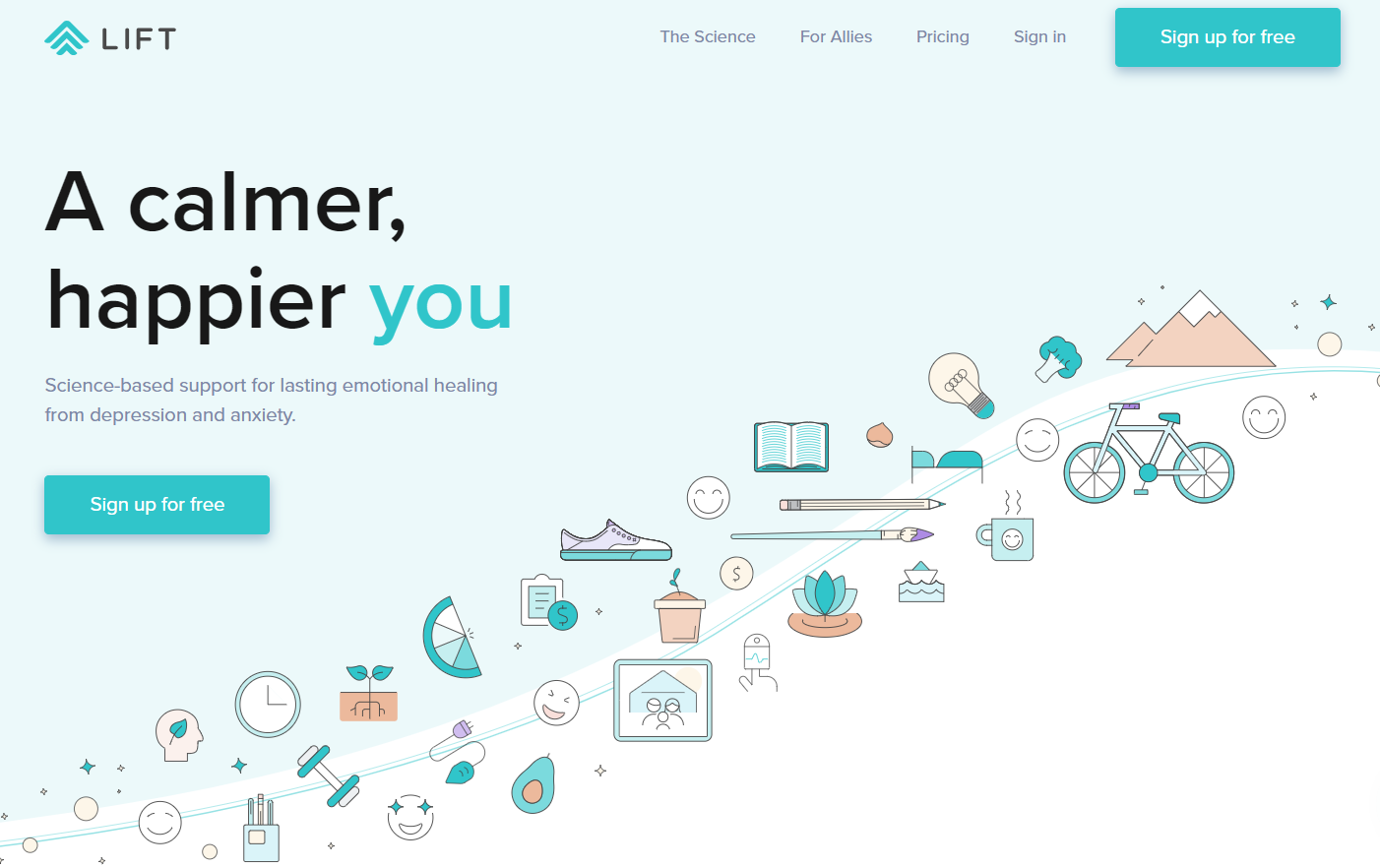Deeper Emotional Healing
Is deeper, more lasting healing possible for those facing even severe mental and emotional illness?
Is it possible that some of the common ways we try to support these individuals might make that kind of deeper, more sustainable healing less likely?
Could broadening the terms of our current mental health conversation make a real-life, practical difference for those facing mental or emotional issues?
When some people I loved began struggling with severe emotional struggles, I like most encouraged them to “get help.” Over the subsequent years, as I watched their up-and-down experience, I couldn’t help asking myself whether there was a better way.
In the early 2000’s, I was also struck by the sharp contrast in conclusions being made about antidepressants. Some swore these medications had transformed their lives, while others wondered if they had factored into a surprising suicide. Between 2003 and 2007, I conducted a research study interviewing individuals in Illinois and Utah about their in-depth experiences of depression and its treatment. My analysis focused on both their experiences, and how they made sense of those experiences in strikingly different ways: “Prozac Saved My Life” Vs. “Prozac Ruined My Life”: Investigating the Adoption, Constitution and Maintenance of Distinct Interpretations associated with Depression and its Medical Treatment
That experience got my curious about another way to approach mental and emotional distress. With Thomas McConkie and some other wonderful partners, we created a free, mindfulness-oriented online class that individuals and families facing mental health distress could watch:
Mindweather 101: An Online Course Exploring Creative Ways to Work with Intense Thoughts & Emotions
This class draws on interviews with over 30 mental health professionals, patients and mindfulness teachers. [To see the full class, go to Mindweather.org and you can check out the Introduction & Background of the class here). Or, you can click in and view individual segments of the class below]:
Part 1. Making Sense of the Problem
Lesson 1. The brain’s role in mental distress: One view
Lesson 2. What we believe about the brain matters: First installment
Lesson 3. The brain’s role in mental distress: Another view
Lesson 4. What we believe about the brain matters: Second installment (Part I, Part II)
Lesson 5. Just being there: Insights for family and friends (Part I, Part II)
Lesson 6. Different ways of thinking about recovery (Part I, Part II)
Part 2. Responding to the Problem
Lesson 7. One way of responding to mental distress (Part I, Part II)
Lesson 8. Can making it go away, make it worse? (Part I, Part II)
Lesson 9. Another way of responding to mental distress (Part I, Part II, Part III)
Lesson 10. Lesson 10 Surrounded with gentle acceptance: More for family and friends (Part I, Part II)
Lesson 11. Can a gentle approach make a difference for mental and emotional pain? (Part I, Part II)
Supplementary Intro on Mindfulness
Part 3. Working with Difficult Thoughts
Lesson 12. One way of thinking about thinking (Part I, Part II)
Lesson 13. Re-thinking thinking (Part I) (Part II; Part III)
Part 4. Broadening the Conversation
Lesson 14. Exploring the full range of contributors to mental/emotional distress (Part I, Part II)
Lesson 15. Considering the full range of options (Part I, Part II, Part III)
Several shorter videos were created to help spread the word about the class:
Getting at the Roots. A central focus of Mindweather 101 is helping draw more attention to the many root contributors to mental and emotional challenges. Through the non-profit, we’ve worked on surveys that help make this possible:
Depression Inventory: Exploring The Roots Of Chronic Unhappiness
ADHD Inventory: Getting At The Roots Of Chronic Inattentiveness
With Impact Suite, I’ve been a part of a team creating digital apps that help people identify vulnerabilities contributing to depression, anxiety and addiction - and then make targeted adjustments that move them towards deeper healing.
This includes Lift for depression and anxiety
And Fortify for sexual compulsivity
Academic papers. In collaboration with a physician in Colorado and a professor at Florida State University, we recently published a more in-depth exploration of the U.S. mental health conversation, and how it might have subtle, but significant consequences for those facing mental health distress:
Hess, J.Z., Decker, A., Lacasse, J.R., & Foster, M. (2016). A Dialogue About the U.S. Dialogue on Mental Health: Exploring the Nature, Scope, and Implications of the Conversation. Ethical Human Psychology, and Psychiatry, 18(3), 172-195.
I’ve also published several other peer-reviewed papers with a number of collaborators over the years:
Hess, J.Z., & Lacasse, J. R. (2011). What Does It Mean for an Intervention to ‘Work’? Making Sense of Conflicting Treatment Outcomes for Youth Facing Emotional Problems. Families in Society: The Journal of Contemporary Social Services, 92(3), 301-308.
Hess, J. Z., Lacasse, J. R., Williams, D., Harmon, J. & Vierling-Claassen, N. (2014). “Is There a Getting Better From This, or Not?” Examining the Meaning and Possibility of Recovery from Mental Disorder? Child and Youth Services, 35(2), 116-136.
Hess, J. Z., Gantt, E.E., Lacasse, J.R., & Vierling-Claassen, N. (2014). Narrating the Brain: Investigating Contrasting Portrayals of the Embodiment of Mental Disorder. Journal of Phenomenological Psychology, 45 (2) 168–208
Lacasse, J.R., Piel, M.H., Lietz, C.A., Rider, A. & Hess, J.Z. (2016). The client experience of psychiatric medication: A qualitative study. Social Work in Mental Health, 14(1) 61-81.
In 2013, following the Sandy Hook shooting, I was also invited to be one of the facilitators for the national mental health dialogues launched by the White House online. My overarching concerns about the broader national conversation about mental health are represented in a personal video that summarizes key ways the mental health conversation in American may be (inadvertently) making things worse (A Plea for a More Honest + Less Despairing American Mental Health Conversation).
At our earlier non-profit, we experimented other ways to convey a more encouraging message, including this video about “learned hopelessness.”




